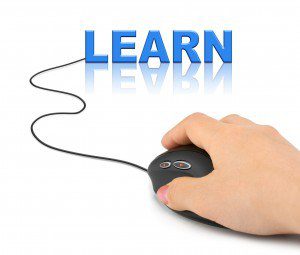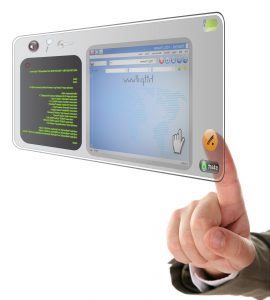Learning Organizations: New ways of managing
As companies grapple with the effects and opportunities of the Internet, social media and the smartphone, internal organizations are having to adapt and transform to accommodate new ways of communicating, new marketing methods and metrics and, in sum, new ways of managing.
An organization’s ability to learn and to adapt to the changing environment is fundamental for long-term sustainable success. Constant learning means recognizing one’s errors, learning from one’s mistakes. It also means be willing and agile enough to shift courses; all part of an optimized Learning Organization.
Creating a successful Learning for Development program
A founding piece of this learning and change can – and should — take place through the internal university or Learning for Development (LFD) programs. [I have written extensively about the notion of a Brand University.] There are three principles that must underpin successful change through these internal universities :
- management must not only actively support, but positively identify – even remunerate — contributing staff;
- learning must be ongoing, with a before – during – after, whereby management’s message and style is consistent and coherent with the LFD content;
- the style of teaching, as well as the tools and content, must model the behavior that the organization wishes to adopt.
Future of Learning
Learner focused
Today, education is about educating you. In the jargon, we call this being learner focused. Teaching cannot be about just passing along MY messages. Pedagogy and learning are in mutation, pushed by a new understanding of learning, a new generation of tools, and a new crop of students, familiar with collaborative tools and the “web 2.0” spirit.
Distance learning
Whereas teaching was once the singular domain of classrooms – as is mostly the case in offsite seminars – there is now the opportunity for accessible and effective distance learning. Learning on the job can and is happening on the road, thanks to the portability of the computer, access to the internet and the mobile phone or even the ipod. The options and formats for distance learning are multiple.
Interactivity is the lifeblood of learning
Nonetheless, distance learning is not the complete panacea. It takes time, money and a real expertise to develop – without which one is often left wondering about the applicability and effectiveness. Too often, the eLearning is rich in content because of the obsession with transmission of information, but it is bereft of interactivity, the lifeblood of learning.
Moreover, learning is not just happening in classrooms or on the desktop terminal. It is happening elsewhere, all around us. There are new tools, sources and locations. Learning is and has always been happening informally, via the conversation in the corridor, at the cafeteria or at the famed water cooler.
Moving outside the classroom
It is said that 70% to 90% of all learning happens socially and informally. The tragedy is that LFD departments continue to focus on the remaining 10% to 30%. Moreover, too often, that training remains one-way, professorial and uninviting in style.
New tools exist today that can facilitate more widestream learning without exaggerated costs or massive changes in workflow – an essential ingredient to make informal and distance learning succeed in the workplace.
Four types of learning
There are four types of learning :
- classroom
- distance learning (or eLearning)
- blended learning (a combination of classroom and distance)
- and, the last but not least, social learning. Certainly, social media can be a part of this mix, but there is of course much more to social learning.
Companies need to choose and enable the right tools – infrastructure is a strategic consideration, a veritable investment with a viable return, not just a cost. Organizations need to invest in distance learning platforms — such as Cross Knowledge or Omega TV — but also allow for webinars, podcasting, teleconferences, group work, etc. Moreover, the attractiveness of an organization, from a new employees perspective, is heightened when learning is an integral de facto experience. Critically, managers must learn to be coaches.
Constant learning
I finish with a quote from Jay Cross: “Working smarter is the key to sustainability and continuous improvement. The accelerating rate of change forces everyone in every organization to make a choice: learn while you work or become obsolete.”
Powerful words. Learning For Development should be a corporate-wide endeavor; it must reinvent itself and gain the full thrust of upper management’s support to help the organization transform, to be ready for tomorrow’s fast changing environment.













I utterly agree with you !! Learning is now more on the job, from exchanges with collegues, from experiences, when i want, what I want and immediately ! The most difficult, being to change the mentalities , i mean management and training style (a recent study shows 65 % of the trainers, teach as they learned …)
The "Here and now!" syndrome. I'd love to have a link to that study, Brigitte.
I am sort of surprised that it is as low as 65% that reproduce the style they were given. To some extent, the issue is having enough "train the trainer" sessions by qualified individuals. The rest is all about the myndset!
My recent post How many podcasts are there? What’s the future of the Podcast?